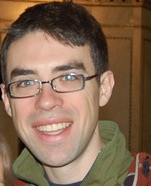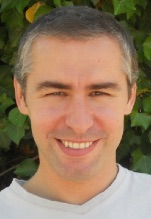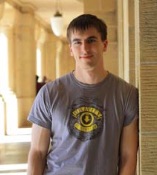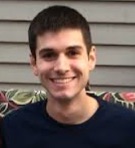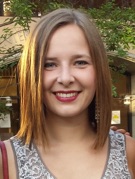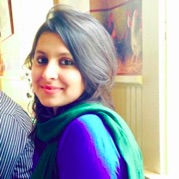Ralf Kaehler is computer scientist with a PhD (2005)in applied math. We have collaborated since 2002 or so and he has joined us at KIPAC in 2007.
Since then we have contributed visualizations to planetarium shows, magazines and many TV and internet programs. He is the wizard behind the KIPAC visualization lab in which we use immersive visualization to make the most of our data. We are writing a number of papers mainly in visualization conferences but also for the astrophysical literature in how to best use graphics processing units to enable science and communicate our results to a wide range of audiences.







